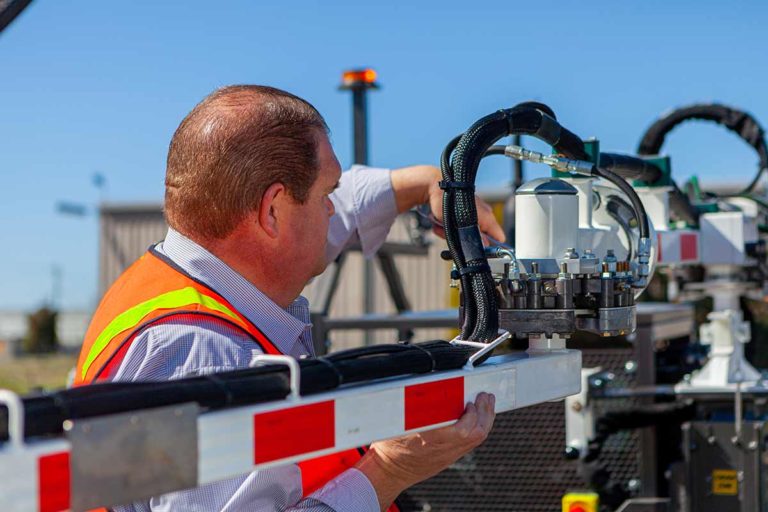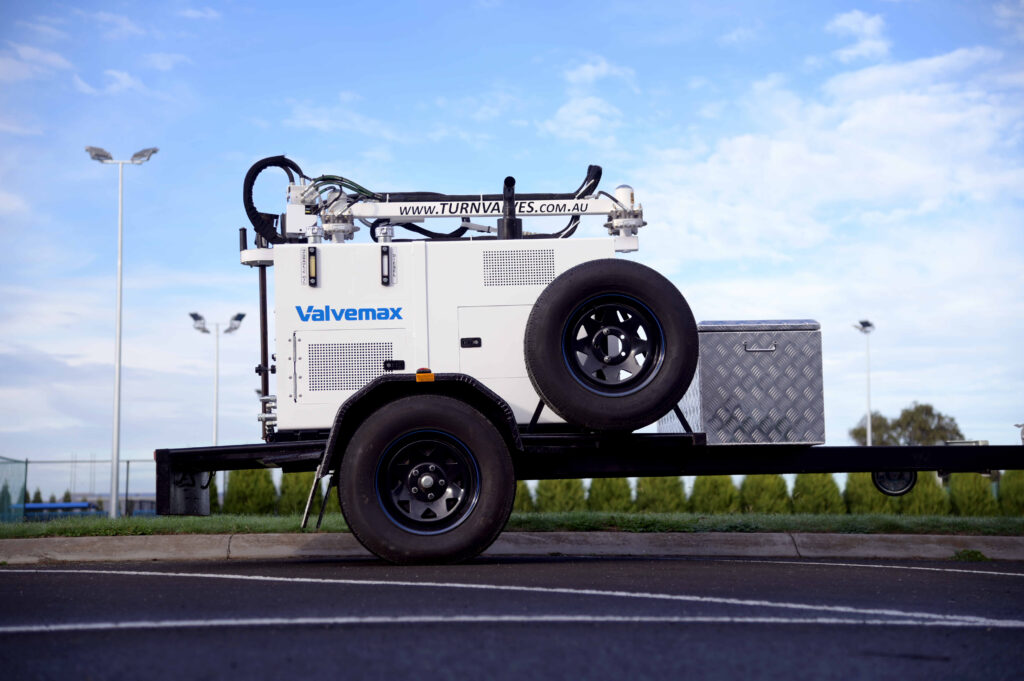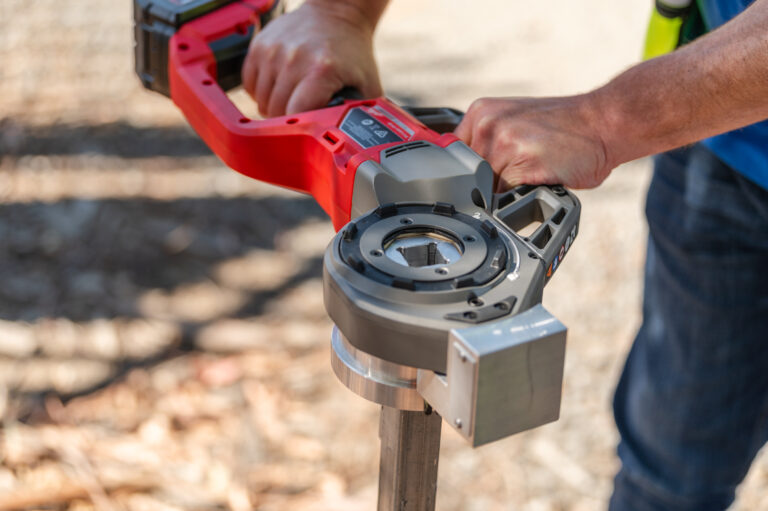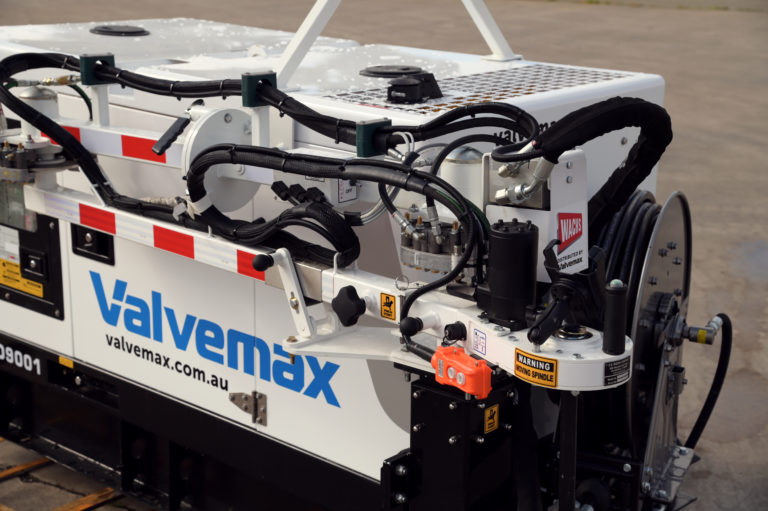In any industry, prolonging the life and avoiding replacement of parts is in large part due to the care and attention placed within maintenance activities.
As with all mechanical components, routine valve maintenance is critical to keeping valves in proper working order. It’s important to schedule routine inspection, maintenance, and documentation of valve conditions for longevity and to ensure no significant issues or problems present themselves.
However, the true cost of replacement of valves can have substantial unforeseen costs. Working to perform desalination, bores and processes that result in high water value and wasted water all add to the expense when replacing a valve.
Adding to this, reputational costs should also be considered. From wasting water to leaving homes and businesses without water or with limited supply impact your bottom-line. The impact of replacing valves also takes more time and is a lengthier process, having both upfront and additional ongoing costs.
Factors to consider when exercising or replacing valves:
The choice between valve exercise and industrial valve replacement depends on several factors.
Exercise, repair, replace is usually the process for valves that need attention. There are many considerations when looking at valve replacement. Below are some of the factors to consider when determining whether to exercise or replace a valve.
When considering whether you should repair or replace your industrial valve, consider the following factors:
- Downtime Reduction
Time is money, and one valve failure can shut down an entire network. All systems are required to either have reliable components, backups/redundancies or possess the capability for speedy maintenance processes. Process uptime is critical, and the long-term cost of poor quality should be factored into the initial valve selection. - Ease of Repair
Ease of repair starts with a valve design that facilitates simple disassembly. The availability of replacement parts, trained technicians and service tools are also critical for ease of repair. In addition, there must be ready access to the valve to perform repairs. - Ease of Replacement
There are several considerations that go into the replacement decision including ongoing costs. Firstly, the availability of the replacement valve, valve connection and access to the valve for cutting and removing it. - Customer Disruption
Unplanned downtime and disruptions to water can have significant effects on a community. Exercising and maintenance is a faster, less time consuming, less likely to cause inconveniences than replacement.
Exercise or replace?
Now we’ve looked at some of the pros and cons of exercise and replacement, the time will come where a decision must be made to exercise or replace a valve. The cost advantage clearly lies in exercise over replacement, as well as the considerations of downtime, committed labour hours and valve cost versus replacement parts. Be aware that there are often hidden costs more than just the parts and labour you may be quoted for the job.
The valve replacement approach is typically very costly because:
- The new valve is expensive and usually has a long lead time
- Removal of the existing valve and installation labour and equipment is costly
- The replacement process usually requires civil engineering to establish a rigging plan, restraint system and overall safe removal of existing valve and installation of the new one
- The replacement process will more than likely require quality control management of extensive non-destructive examination
Supply chain issues compound the problem
In addition, there are continued supply chain issues with valve replacement and access to parts. In many cases, supply is just one part of the problem. Escalating costs and questionable quality of equipment and parts from manufacturers adds to the challenges and the difficulty of replacement and is a reason why enhanced maintenance is part of the new normal. With greater supply chain uncertainty, maintenance can be a time saver even for parts you may have replaced previously.
As frustrating as the current supply chain challenges are, this further highlights the importance of regular inspection and maintenance of specific equipment and systems. This is critical to the longevity of the water network. Regular inspection and analysis of critical systems can uncover hidden issues before they become a problem that affects productivity or creates a safety hazard. Inspections that identify early-stage problems in tubing, piping, valves, and other components can mean operators arrange exercising and maintenance before the problem becomes larger and replacement is required.
Furthermore, there’s no clear sign that supply chain woes will end any time soon, so investments in more frequent inspections and maintenance may deliver a better return – saving time and reducing potential replacement costs.
Repair and save
Another way exercising can save you time and money are when a valve is welded in line. Instead of cutting out the old valve and welding the new one in line, a qualified repair service can manage the in-line repair much quicker and less expensively.
Be aware that small things can have oversized consequences. Valve failure can bring your entire network down, so don’t risk skipping appropriate routine inspection and maintenance.
Any industrial valve, across the board, has the potential to fail. Determining the best way to repair industrial valves depends on its type, its use, what material it’s made of and why it needs repair. Safety and efficiency are also critical considerations anytime a valve repair must be performed on a short turnaround.
Think Proactive, not reactive
It’s important to think about valve maintenance as a proactive activity rather than a reactive, ad hoc approach. The run-to-failure approach, or reactive thinking, usually isn’t a good way to manage valves. An equipment failure can not only be very costly to repair, but it can also be very unsafe, resulting in equipment damage, serious injuries or worse. This approach is also ineffective because the unplanned downtime that results is often far more expensive than creating scheduled downtime where inspections and preventive maintenance can be performed.
Alternatively, preventative, and predictive maintenance can result in identifying weaknesses before such negative consequences occur.
The timing of planned shutdowns for maintenance and repairs is a major factor in reducing downtime. Scheduling shutdowns regularly, based on the lifecycles and conditions of critical valves and other equipment, can save labour, time, and money. Scheduled downtime is the ideal time to have valves inspected, tested, and maintained.
Choosing a valve maintenance company
When looking for a valve maintenance company, councils and water boards should opt for one that helps with the planning of preventive maintenance schedules and inspections and is also available for those inevitable emergency repair situations. Having a company available for proactive maintenance is the new normal.
Valvemax can assess valve maintenance needs, mobilise a crew with the correct people, tools, and parts, and get onsite to solve a valve problem quickly and efficiently, the organisation saves time and money.
—
Valvemax are the industry-trusted provider for valve maintenance and repairs. With years of specialised experience and a highly regarded track record in rehabilitating valves, we can help you avoid costly replacements. After repair, Valvemax can work with you to implement a routine valve maintenance program, to help reduce ongoing costs and ensure no interruptions to service. This includes locating and exercising valves. With a range of service levels to fit your needs, speak to a Valvemax expert today and see how you can save and avoid costly replacements.





